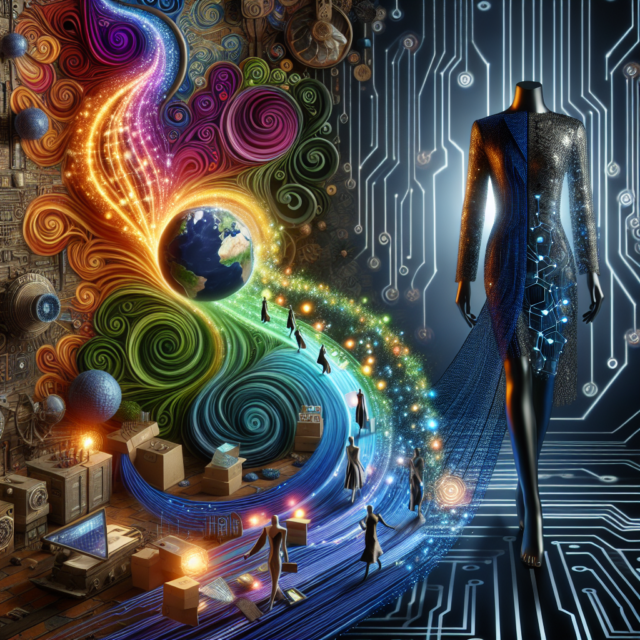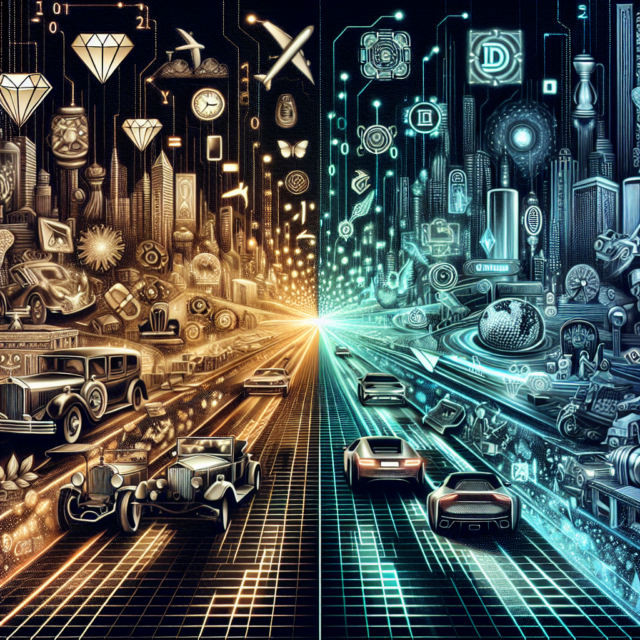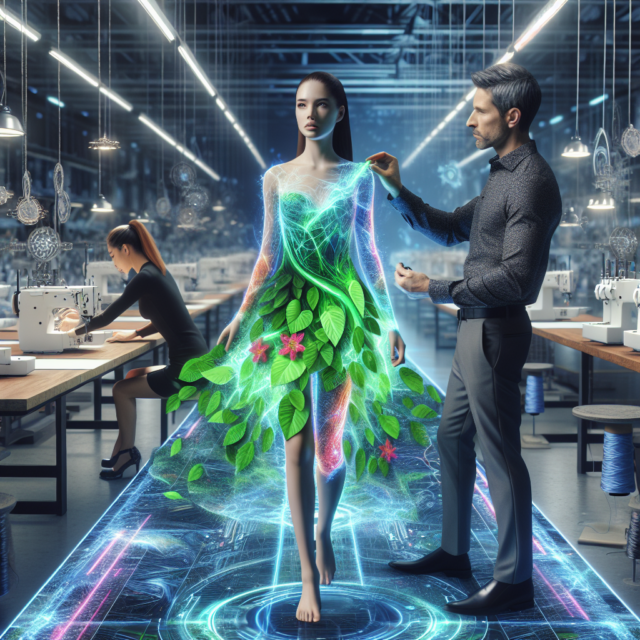A Complete Guide to the BNB Smart Chain
Binance has long been one of the leading cryptocurrency exchanges in the world. With their own blockchain – the BNB Smart Chain – they’re looking to become a leader in the NFT industry as well.
Formerly known as the Binance Smart Chain, the BNB Smart Chain (BSC) is a Layer-1 blockchain with the full support of the Binance crypto exchange. With this powerhouse behind it, BNB looks to dominate the DeFi space – but has also branched out into NFTs, games, and even blockchain-based art.
Though incredibly popular upon its debut, BSC is facing increasing competition from other Layer-1 blockchains, and a growing number of Layer-2 networks – but what makes the BNB Smart Chain stand out, how did it become so popular, and why should it be on your radar?
Here’s our complete guide to the BNB Smart Chain.
Key Insights
A Layer-1 blockchain, competing against Ethereum and SolanaCreated by the team behind the Binance crypto exchangeDebuted in 2020, replacing the original Binance Chain from 2019Saw explosive growth in 2021 during the first NFT boomKnown as a predominantly DeFi-focused blockchain

What is the BNB Smart Chain?
BNB Smart Chain is a Layer-1 blockchain launched by popular cryptocurrency exchange Binance in September 2020.
It was designed as an upgrade to the original Binance Chain, launched in 2019, by adding support for smart contracts – allowing for decentralised applications (dApps), NFTs and more.
BSC has full Ethereum Virtual Machine (EVM) compatibility, making it work seamlessly with a wide range of Ethereum-based dApps, tools and services.
The BNB Smart Chain is powered by the $BNB token – standing for “build and build” – which is used to pay transaction fees and facilitates governance of the blockchain through staking and voting mechanisms. $BNB is one of the most popular crypto tokens in the world, regularly occupying a spot in the world’s top 10 largest cryptocurrencies. As of January 18, 2025, it currently sits at #6, with a token price above $700 USD and a market cap over $100B USD.
In terms of services, the BNB Smart Chain is perhaps best-known for the trading platform PancakeSwap – which offers both leading DeFi services as a decentralised exchange, and an NFT marketplace for BSC-based NFTs. Some of the most popular NFT collections on the BNB Smart Chain include Pancake Squad, Pancake Bunnies, and PixelSweeper.
Through Binance’s partnership with world-renowned football star Cristiano Ronaldo, BNB Smart Chain has also been home to multiple series of digital collectibles featuring the star. This has helped to both boost the prominence of BSC, and introduce the chain to a whole new legion of fans.


How does the BNB Smart Chain work?
The BNB Smart Chain is built with speed, efficiency, and affordability in mind, making it attractive to both developers and users alike.
Some of its standout features include:
A unique consensus mechanism. BSC uses a unique consensus algorithm called Proof of Staked Authority (PoSA) – a hybrid of Proof of Stake and Proof of Authority. Validators stake $BNB as a requirement to validate the network, earning $BNB fees as rewards, and ensuring security, speed and low latency.Ethereum compatibility. BSC is EVM-compatible. Developers can deploy Ethereum-based applications on BSC with minimal adjustments, using familiar tools and languages such as Solidity. This has allowed BSC to rapidly expand its ecosystem with a huge array of dApps.Low transactions fees. With transaction fees often as low as just a few cents, BSC offers an affordable alternative to Ethereum, where high gas fees have been a long-term problem.Wide dApp support. BSC supports all kinds of dApps, from decentralized exchanges (DEXs) and lending platforms, to yield farming protocols and NFT marketplaces. Popular dApps such as PancakeSwap, Venus, and Autofarm retain hundreds of thousands of users to this day.
On top of this, BNB Smart Chain provides a robust infrastructure for NFT creators and collectors alike. It supports token standards like BEP-721 and BEP-1155 – equivalent to Ethereum’s ERC-721 and ERC-1155 – ensuring easy interoperability and straightforward interactions.
By offering a scalable and efficient blockchain, BSC is enabling developers to build innovative applications that are capable of handling high volumes of users at a smooth and stable rate. This is vital for the growth of blockchain-based services – particularly as more users enter the industry each day.


The History of the BNB Smart Chain
The history of the BNB Smart Chain is closely tied to that of the history of the Binance crypto exchange itself.
Two years after the founding of Binance in 2017, the company launched the original Binance Chain. This inaugural blockchain was focused on bolstering trading speeds on Binance itself, and included the adoption of the $BNB token as the native currency of Binance products.
Despite its benefits, Binance Chain did not support smart contracts – a decision which put a ceiling on its potential. In response to this, Binance introduced the Binance Smart Chain in September 2020 – initially to run alongside the Binance Chain, with plans to supercede or integrate the original chain in future.
The Binance Smart Chain had both smart contract support and EVM compatibility, with a view to supporting not just the growing DeFi market, but the increasingly popular NFT industry as well.
As NFTs boomed in 2021, the Binance Smart Chain saw explosive growth too – at times surpassing that of Ethereum. Its low fees and high-speed transactions attracted developers and users alike, with this period being a notable high-point in the history of the chain.
February 2022 saw Binance combine the Binance Chain and Binance Smart Chain into the BNB Smart Chain (BSC) we know today, emphasising the “build and build” ideology and fanatic nature of their community at the time.


As other Layer-1 and Layer-2 networks have risen to capture the limelight in the past few years, BSC has arguably fallen out of popularity. Despite this, with the $BNB token still such a prominent mainstay of the crypto industry, the BNB Smart Chain is still a highly-regarded solution, and development continues towards improving it for the future.
These improvements include further decentralising the network, making the Binance company less of a major player in the day-to-day running and management of the ecosystem. Upgrades to scalability and interoperability are also in the works, with the introduction of sidechains and an exploration of sharding technology being considered to boost transaction speeds and help accommodate the growing number of dApps.
2025 presents fresh challenges for BNB Smart Chain – but also a laundry list of opportunities. With both NFTs and crypto continuing to find new audiences, and with the wider industry continuing to grow, the BNB Smart Chain has plenty of potential in its future.
















